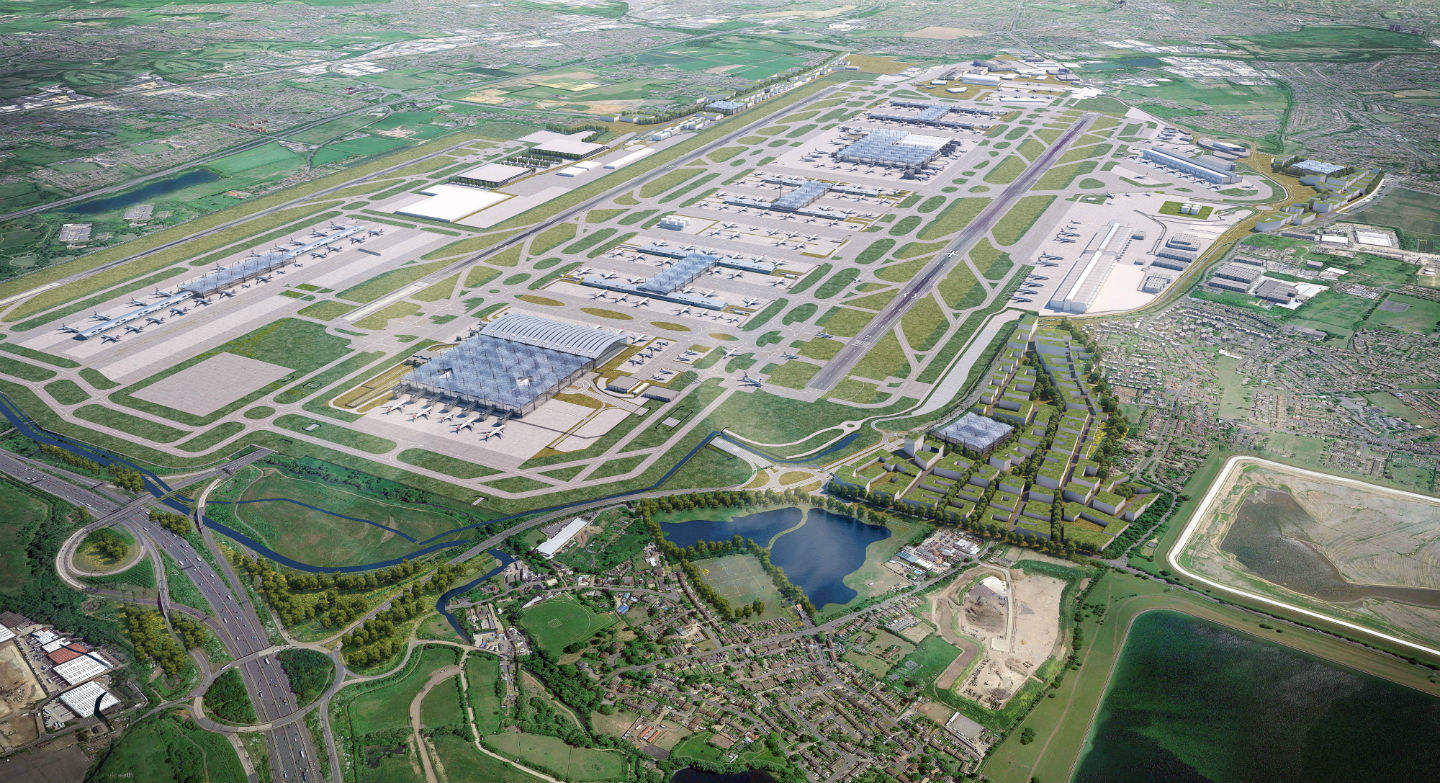Putting an end to years of debate and indecision, the UK government has announced its support for a new runway at Heathrow – the first full length runway in the south-east of England since the Second World War. The scheme will now be taken forward in the form of a draft National Policy Statement (NPS) for consultation.
The decision — which is bound to be fiercely contested in certain quarters, both inside the government and beyond — is in line with the recommendation of the Airports Commission, which delivered its final report in July 2015.
Construction of a new runway at Heathrow, at an estimated cost approaching £17bn, was one of three options still on the table to solve Britain’s widely acknowledged airport capacity problem. The other two projects were a new runway at Gatwick and the “Heathrow Hub” project. The Airports Commission report noted that the latter project would provide a smaller increase in capacity, while the additional capacity under the Gatwick scheme would be more focused on short-haul intra-European routes and the economic benefits considerably smaller.
The government says that the new runway at Heathrow will bring economic benefits to passengers and the wider economy worth up to £61bn. Up to 77,000 additional local jobs are expected to be created over the next 14 years and the airport has committed to create 5,000 new apprenticeships over the same period.
The government is also proposing new legally binding noise targets, encouraging the use of quieter planes, and a more reliable and predictable timetable of respite for those living under the final flight path. The airport has pledged to provide over £700m for noise insulation for residential properties.
The Airports Commission concluded that, even with the extra flights added by the airport’s expansion, fewer people would be affected by noise from Heathrow by 2030 than are today.

